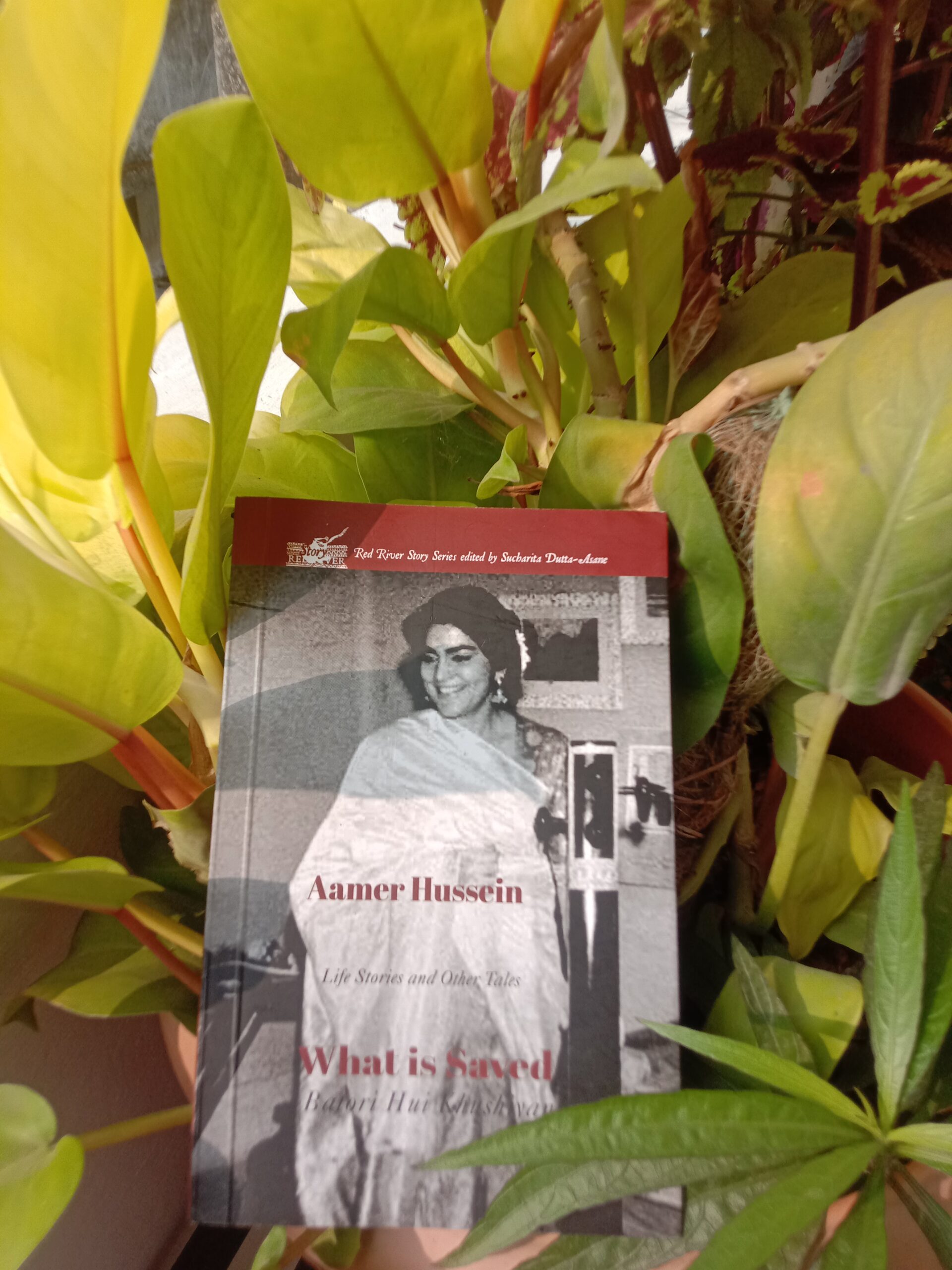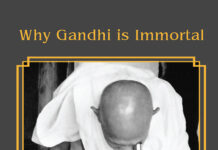

If the first read of the New Year portends what lies ahead, then 2024 should lead to finding a trove of palm-sized, luminous gems, for this is what my first book of the year, Aamer Hussein’s ‘What is Saved: Batori Hui Khushiyan’ (Red River, 2023), was. Aamer Hussein is a Pakistani-British author who feels a ‘connection with (India’s) air and water… (is) comfortably homeless in six languages and in at least as many countries’. The writings in ‘What is Saved’ are collated from his two previous books – Hermitage and Restless: Instead of an Autobiography.
Let me begin with how I found the book. Some time back I cribbed in a Facebook group, ‘why is no one ready to publish short stories?’ (pretending I have a whole bunch ready) and Sucharita Dutta-Asane responded that she is the editor of Red River Story which does indeed publish them. I was on a touch-and-go trip to Bengaluru and my niece took me to Champaca Bookstore and Cafe – a cozy place with lots of books of all kinds, places to sit and read and coffee if you want it. I was delighted to find Hussein’s book with Sucharita’s name on it as the Series Editor and her excellent, insightful introduction piece inside.
Hussein’s stories are about seeking where one belongs in this world, learning to live with pain and not dying of it and cherishing those with whom we share ‘friendship at first sight’. The tales meander through through Karachi, Islamabad, Agra, Mumbai, Indore, London, Lausanne and yet the author feels homeless, ‘I was someone who had left behind a homeland and never found anything to replace the empty patch’. The stories are about the people in his life – Mother who is a singer and writes journals, the uncle in Indore, the teacher in London who leads him to Urdu and Persian, friends like Shahbano the vivacious editor, Maisam the rabab-player from Parachinar, Taha his ‘adopted’ brother, Suyin the Chinese writer with whom there is a deep friendship and yet a moving away, Kashiff who retrieves his misplaced bag of cancer medicines and many others. They are about history and politics, ill-health, pandemic lockdowns, despair and hope and also about the author’s passion for photography, art, music, swans, flowers, seasons and walks by the canal.
There is an ‘Afterword’ in which he discusses some aspects of his art and the interweaving of genres, but before that there is a beautiful paragraph in which he tells his niece Leia ‘how we turn life into stories’.
‘A few days before that, I’d been to the little garden with my nephew and found a tree laden with red berries which I’d picked and eaten. They tasted like lychees and summer. A few days later, I walked with her to the same garden to meet her brother and his daughter. The grass was red with fallen berries. I saw a crow and wanted to photograph it for you. But the crow hopped away and I could only photograph its back from a distance. So in a memoir, I said, I’d try meticulously to preserve the sequence of events, but in a fiction I’d combine the two moments into one early autumn seamless idyll.

The book has gorgeous floral illustrations at the beginning of each piece, one more thing that adds to its allure.
- Paromita Goswami





